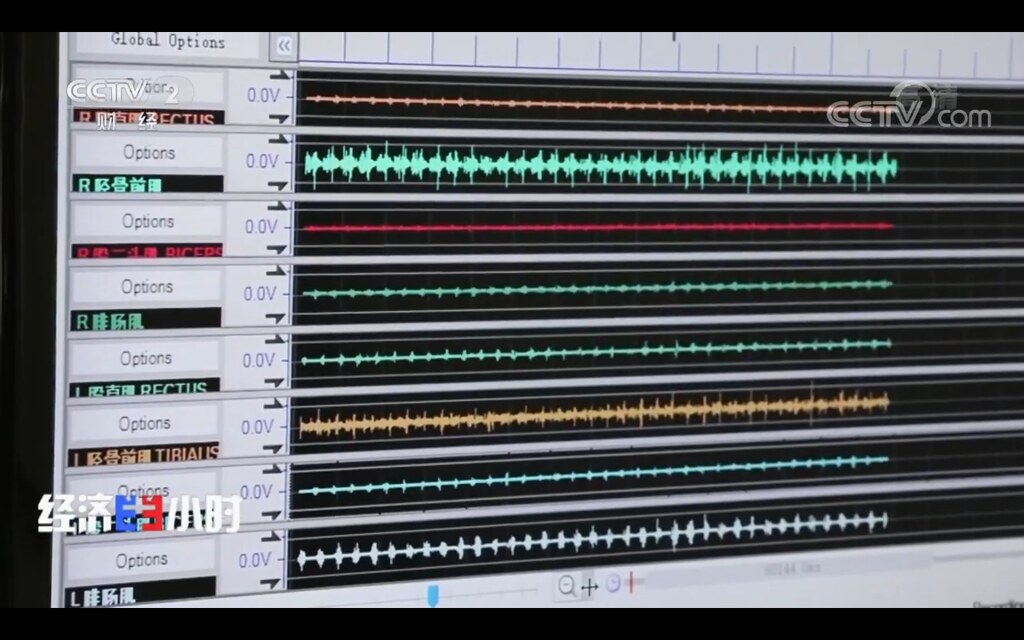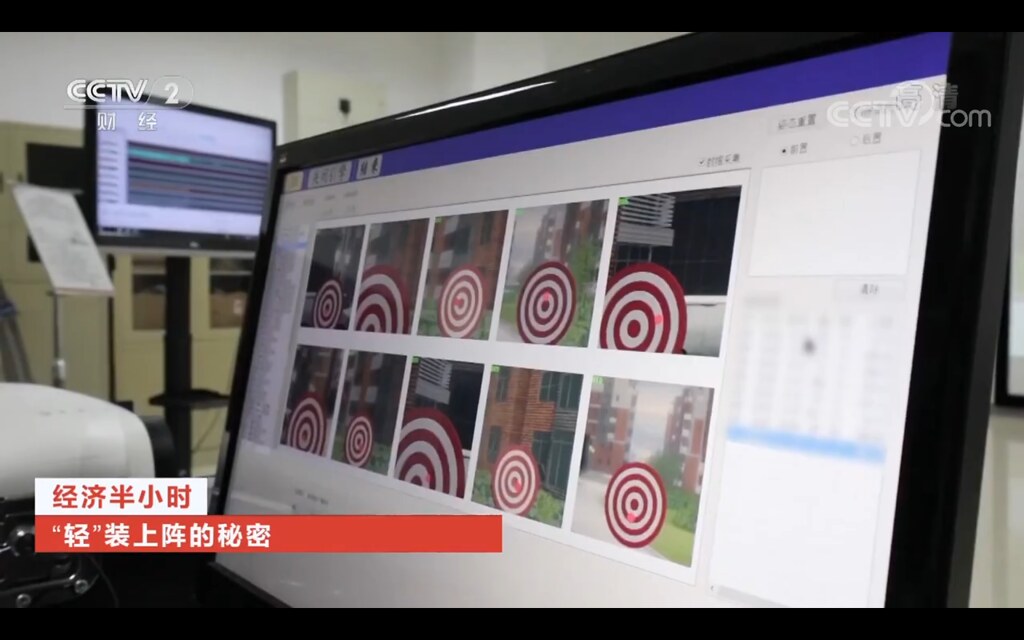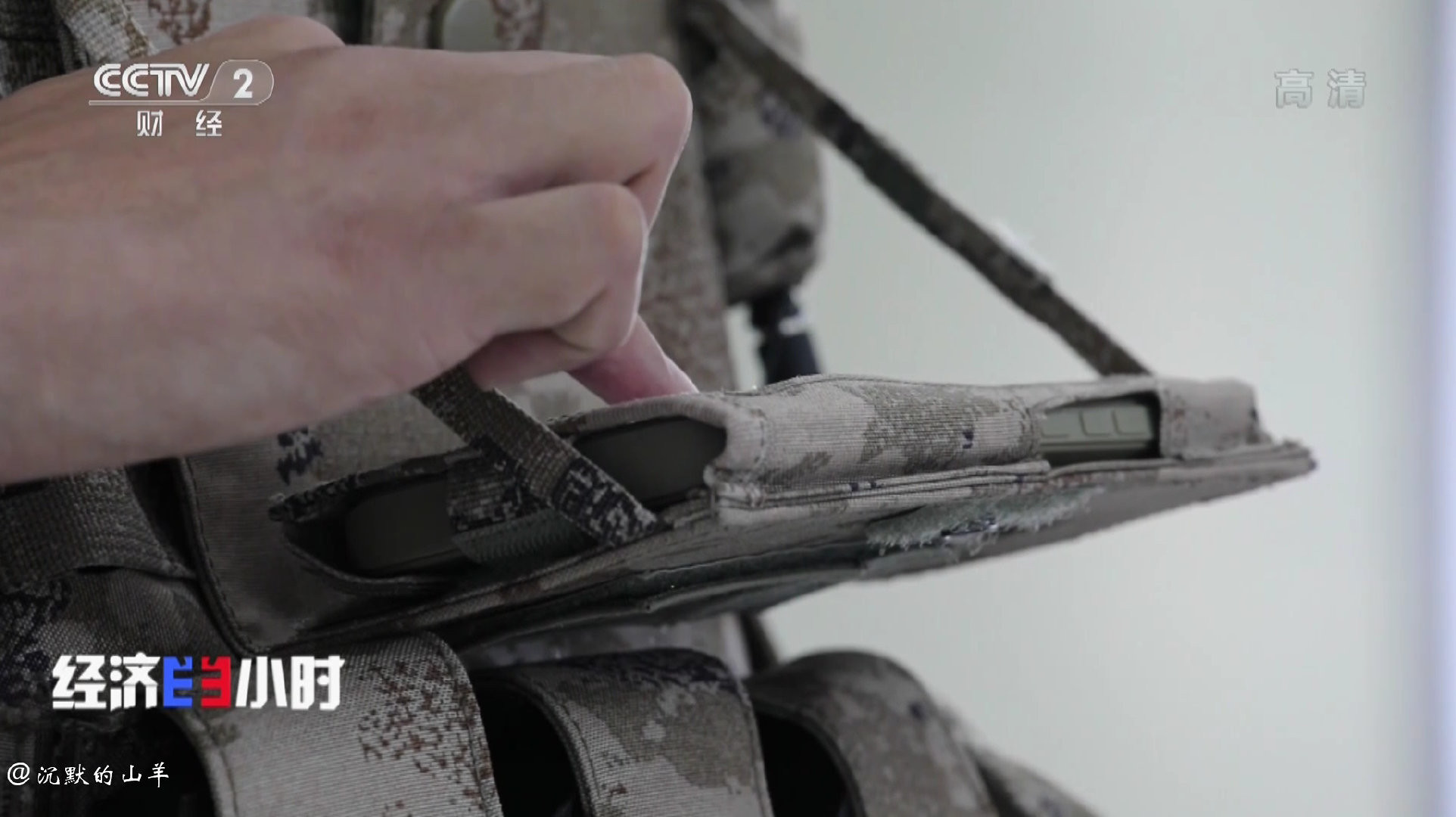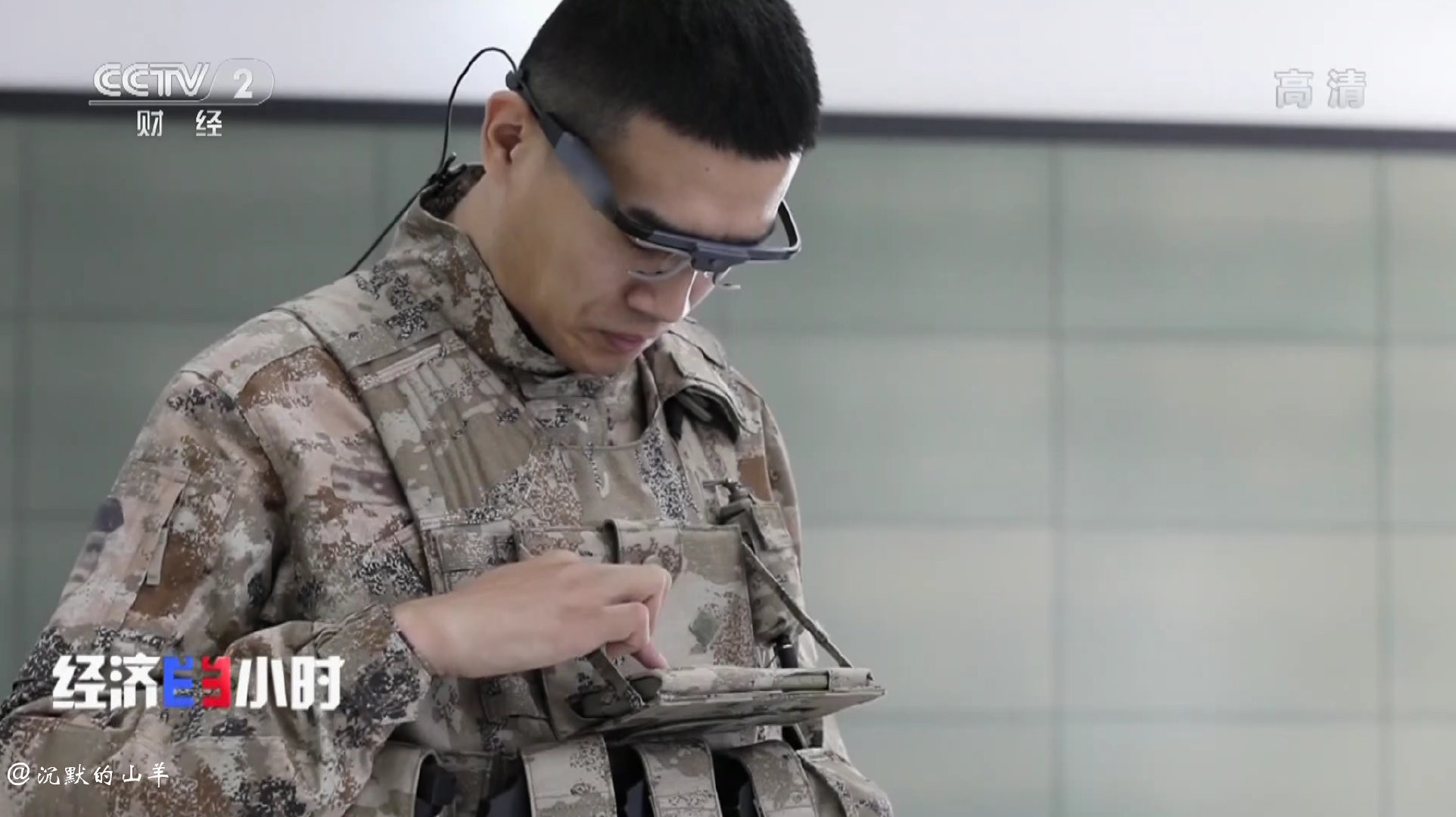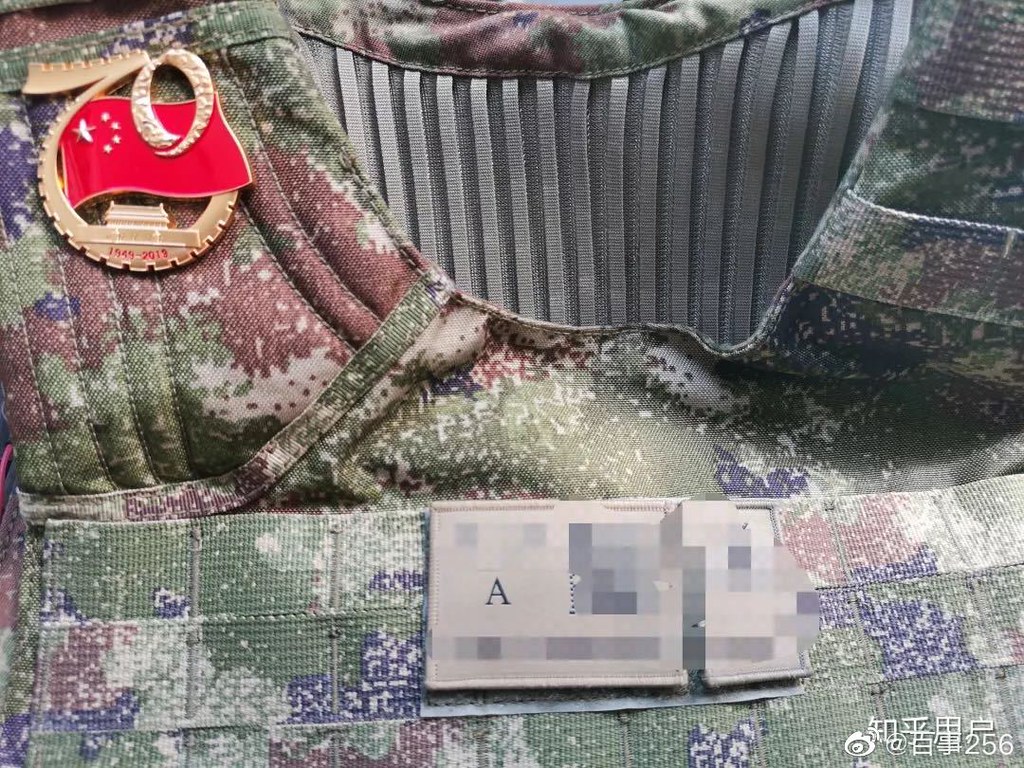Kind of funny, so many pictures available now, but only more questions.
If the CS/LR17 style launcher is adopted, it would almost guarantee that the hand guard needs to be swapped since the additional mounting points of CS/LR17 don't exist on the new rifle. That means whatever controls were in the foregrip need to be swapped in some alternate way, since there are pictures with no foregrip, that must have been considered. Could also mean that whatever "smart gear" is needed for a QTS-11 type launcher could be swapped in.
Although I think we are getting ahead of ourselves. PLA has always been a little stingy. Such a system would be very expensive. I think the comparison between CS/LR17 and new rifle was already made before, and some of the changes look cost driven (simpler mountings points, plastic handguard and magazine vs. metal).
I wanted to move what I am going to say to here, has it has less to do with the new rifles and more with Infantry gear in general.
I have heard of voiced again and again how the PLA is cheap in regards to infantry. The fact is that they are not unique in that regard. If you look at infantry forces no matter who they are they are always at the short end of the stick. Navy, Airforce, Missiles and armor Artillery no matter which service/nation get the money first and the lions share at that.
Infantry is mostly expensive in numbers. Pay and consumption of resources. Large standing armies not in battle though are fairly cheap. The PRC, India and North Korea all have or had large infantry forces yet were until recently low end economies.
The US is pointed to for all its modernization of infantry yet most of it came only after 9/11. After the conflict in Iraq and Afghanistan turned insurgent and after weaknesses in US forces were found and exploited. Sure there were programs pre 9/11 but they never came to much.
The last 19 years post 9/11 forced changes that likely wouldn’t have happened to the US in a vacuum. The same can be seen in Other major European countries armies. They faced battle and came back to rethink things. Failure drives change and evolution. Sometimes costly failure.
All armies have bean counters. Who bark the idom “If it ain’t Broke, Don’t fix it.”
pre9/11 the US was on track for a totally different modernization plan FCS was based on peacekeeping. Then came conflict and the light vehicles were found risky.
The Russian military was playing catch-up to the west in areas before the fall of the USSR and then was forced into stagnation after it for a time. They to had hard lessons learned that shaped how they came about modernization in the last decade.
The PLA was in a different place. It was a nation that was on the verge of proving the failure of communism when changes were made. No they did not become a Jeffersonian Democracy, but they found a way to use capitalism to their advantage and enact reforms to extend the life of the state. In the late 80s early 90s they were a relying on equipment and concepts driven by the 70s. They then drove hard to build a army of the modern age. That wasn’t a cheap proposal. Nor a simple straight line.
They introduced the QBZ95 okay that was a weapon based on ideas of the late 80s. But they missed the boat as in the west the M4 and G36 showed the way with a rail system.
They drove Tanks in the late 80s deep into the 90s based on direct evolution of T55/T62 tanks. It took them a while to break the mold from that to very indigenous development. Infantry equipment didn’t change that much from 1990 to 2001.
In smart gear, Digital soldier system exist in IT and that has been until recently a unbelievable roller coaster of technical evolution. If you go back to world war 2 the Computer is born. But that was so primitive that a pocket calculator today smokes it. It was also a state secret used by one nation to encode the other to decode secrets.
Most of the work in these arenas was done manually with either analog mechanical mechanisms or pencil and paper. Even the atomic bomb was developed on a black board.
In the 50s computers were still crude systems the size of whole rooms.
The Computer starts taking off in the 60s by the 70s you get the computer small enough to fit on a table but doesn’t get turbo charged until the early 90s. For 20 years computers were the size of buildings. Then they moved to the size of a room. Then you had computer that was the size of a whole luggage set. Then In the 90s the laptop emerged now it was small enough to carry in the field but issues plagued it.
The first attempts at soldier systems pre 9/11 were trying to pull Individual IT from industry and off the shelf tech, literally off the shelf of electronic stores. They took a computer tower and put it in a backpack frame.
They wanted to bring in abilities that had been wanted forever. Shoot around obstacles (Tried again and again with all kinds of periscopes, parascope stocks and the infamous Krummlauf) see in day night or bad weather, pass video or information all the way up command securely in an instant, Know exactly where you are and where the opposition is, be able to call in bigger guns at a moments notice, all well offering protection from friendly fire and enemy fire and be feather light.
The technology wasn’t ready. They were building it off technology from camcorders, computer towers, and off the shelf radios. It took decades from 1989 to 2000.
For it to start becoming practical. The rifle mounted sights of such systems with the NVG mode and ability to shoot around corners was larger and heavier than the rifle and produced laggy poor resolution.
Concepts like the OICW aimed as alternative options a weapon that basically was a soldier system that offered some of the capabilities in a purpose built platform. No it couldn’t stream video back to HQ but it could range, operate in Night and allow a precision kill around a barrier. It also mostly failed. To heavy to bulky.
It wasn’t until 2007 the rise of smart devices that the game started changes. The IPhone revolution made the early attempts obsolete. Now you had a pocket sized device that did almost everything faster smaller lighter and less complicated.
since then more has become practical.
The tablet worn by the PLA troops clearly is following that concept. We see with this latest iteration an attempt at handing off some features to other devices. The control foregrip follows that line, Mating with a Rifle mounted NV and radio.
It’s not unheard of for other militaries either. The USMC for example has had requirements for such [rifle accessory control unit (RACU)] since at least 2017.
Another element being Heads up displays for infantry.
The tablet package is fine for exchanging communications, map navigation or drone control.
However comes up lacking in aiming around obstacles, seeing in NV or thermal or both, Friend and foe. For that you need a augmented reality display. The QST11 type display as seen is of the older type a monocle device. There appears to be now a model holographic type AR system maybe...



